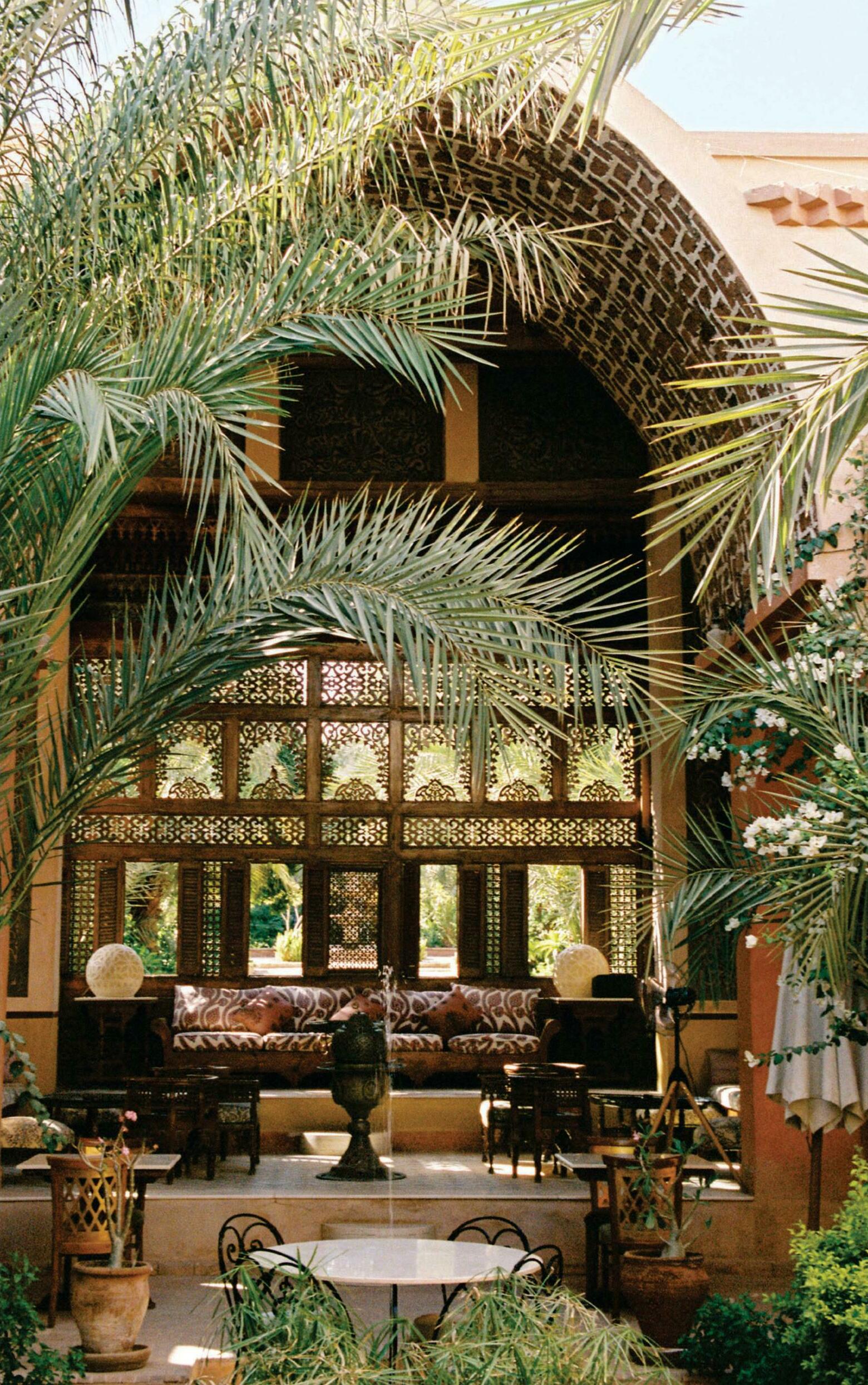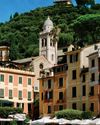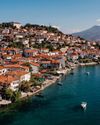
THE HOUSES in Luxor seem to strive skyward, forever optimistic. From their roofs, brick columns rise to the heavens, sprouting rebar in anticipation of another layer of construction. Homeowners don't have to pay taxes on buildings that remain a work in progress, and many remain hopeful that a windfall might facilitate a new addition. From 1570 to 1069 B.C., this city was the capital of Egypt, and every pharaoh who came to power launched a new construction project within its sprawling temple complex. For half a millennium, it was the center of a civilization. Now, on the strength of a new tide of visitors, the city continues to grow.
In its heyday, Luxor was known as Wase the city of the scepter. The king of the gods, Amon, was said to reside there, along with a cult devoted to him. The Greeks later renamed the place Thebes a corruption of the name of a local temple, perhaps. Nowadays we call it Luxor, from the Arabic Al-Uqsur, meaning "the palaces." My guides said that the name Luxor is the root from which the word luxurious grew. If this is the case, the broad avenues running along the banks of the Nile and the evidence of the magnificently debauched festivals that took place there-including points of rest along the procession route for revelers to consume wine-would go a long way toward explaining why.
The pharaohs' constant expansion of their temples to Amon resulted in the sandstone Luxor and Karnak complexes on the east bank of the Nile, which remain awesome even today. As do the Colossi of Memnon, so called because graffiti misidentified them as statues of the Greek god Memnon, instead of the pharaoh Amenhotep III, who built them in his own image around 1350 B.C.
この記事は Travel+Leisure US の March 2025 版に掲載されています。
7 日間の Magzter GOLD 無料トライアルを開始して、何千もの厳選されたプレミアム ストーリー、9,000 以上の雑誌や新聞にアクセスしてください。
すでに購読者です ? サインイン
この記事は Travel+Leisure US の March 2025 版に掲載されています。
7 日間の Magzter GOLD 無料トライアルを開始して、何千もの厳選されたプレミアム ストーリー、9,000 以上の雑誌や新聞にアクセスしてください。
すでに購読者です? サインイン

A Taste of the Old West
Tracing Montana’s cattle culture, from wild buffalo to grass-fed steak.

The Inside Track
How best to see Italy’s dreamy Ligurian coast? Follow the ancient cobblestoned paths that wind from town to town.

California Here We Come
America’s most exciting food and wine town might be one you’ve never heard of.

WET 'N" WILD
No longer just a place of alligators and outlaws, the Everglades are today a prized, unique environment—a national treasure. Stanley Stewart ventures into America’s biggest swamp.

Spring Awakening
At a culinary retreat on the Japanese island of Kyushu, seasonal flavors are in full bloom.

A BETTER BARCELONA
In a city as popular as the Catalonian capital, is it still possible to step off the tourist trail? R. O. Kwon returns in search of the more subdued Barcelona of her memories.

IN SEARCH OF ONERS
Far from the well-trodden safari-tourism path, the Central African nation of Gabon promises the fortunate few unparalleled access to nature at its rawest—and most powerful.

Treasures of the Deep
Looking back at thousands of years of history from the picturesque shores of Lake Ohrid, in North Macedonia.

Top of the World
On a journey through a remote part of Greenland, Chloe Berge discovers a landscape at once fragile and awe-inspiring.

Persian Pleasures
Modern Iranian restaurants and markets are brightening up Los Angeles.
